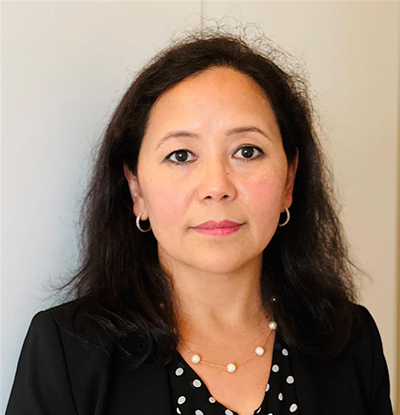In a Q&A, the chairperson of the Kiran Nadar Museum of Art says people have not only had more time to explore art, but also more money to invest in this segment
Kiran Nadar, Chairperson, Kiran Nadar Museum of Art (KNMA) and a trustee of the Shiv Nadar Foundation, is an avid art collector, an acclaimed international bridge player and a philanthropist. In an exclusive with Namrata Kohli, she talks about the change the Covid-19 pandemic has brought to the art world. Excerpts:
What has the impact of the Covid-19 pandemic been on the world of art? Has there been a it price correction of sorts in the art market?
We have lost the footfalls, people aren’t visiting the museums, all presentations have gone online and we have been presenting the works from shows in the virtual world. But you raised a point on the price of art. Surprisingly, the price has not come down especially in the case of better-known artists. They have, in fact, gone up, which is a bit like the stock market, which has risen as well. The art market has appreciated for well-known artists and prices have stayed stable. This may be not as pronounced in the case of younger and lesser-known artists. There are a few reasons for this. For instance, people have been able to take out time to explore art–something they weren’t able to do when things were normal. Also they have extra variable income because of limited or no travel or holidays. There is a certain focus and concentration on art and prices have been quite on the higher side, especially for the Masters and well-established artists.
But lesser-known and emerging artists have faced headwinds during the Corona crisis like never before, right?
The emerging segment of artists have definitely suffered because they have not been exposed at this point. And there is very little chance of that exposure, in the sense that the galleries are closed even though they are also doing virtual shows. It is difficult for people to access and look at artists who are not so well known. On the whole, if I look at the non-auction market, it has gone down. I was only commenting on the better-known artists and the better-known galleries, which have been able to stay alive.
When it comes to the pandemic, there was a lot of negativity and gloom and doom. Everybody wants to shed the despair and is yearning for some joy and hope to creep into their homes. Do you see a kind of shift in preferences of people in what they are buying- something more real, local or culture-oriented?
I can’t really comment because this is not a vast segment that people have started exploring–the joy of art in their homes. I haven’t seen any real signs of people suddenly starting to look for works of artists who are showing more positive feelings. I am not sure if that is true. But certainly, people are looking at putting art into their home. That I find is definitely a positive sign.
Earlier it was contemporary art that was trending over all other genres. Is that the case even now?
Contemporary art slowed down simply because, with the pandemic, there was a certain slowing down of everything. Some of the well-known contemporary artists have established themselves better, but still not at the same level as the masters. So, it’s the Masters followed by senior contemporary artists who have done well.
You have promoted a lot of tribal art in the recent past, holding exhibitions of Warli, Gond, Madhubani paintings. Is tribal art becoming important for collectors and homes?
We do and we had an exhibition of a tribal master Jangarh Singh Shyam, a celebrated folk artist, about two years ago. As a whole, I have not collected too much tribal art but am now in the process of expanding my collection. There has been a certain positive shift.
You are very passionate about art. You once told me that from the very beginning you could appreciate abstract art which is something that people normally graduate to, from figurative. But you could decipher an abstract even as a child. What has your art journey been like during the pandemic year and how have you evolved?
Tribal is one area that I have started collecting. But overall, I have expanded to include artists whom I had not studied in depth earlier and today I am more attuned to their work. These weren’t really important in the collection earlier, but have become important during this period. I have had a chance to study their work more. I myself have had a lot of time to contemplate what I want to do and how I want to do it. Now we have decided upon the site of the museum, a standalone building over seven acres. Earlier it was close to Noida but in Delhi, but now it will be on NH8, towards the airport, opposite aero city.
What have the pandemic-inspired artworks been?
Different artists have been influenced in different ways. Some have been influenced directly and have painted the migrants. For example, Jatin Das has shown a big collection of small drawings, about 40-50 on migrants, which is very touching. Others have gone into solitude and worked on collections that are different from their normal style of working. A lot of interesting things have happened. Soon we will be showing the works of a major artist. He is a very well-known artist who has worked on a collection of 200-odd works- not inspired directly by the pandemic but inspired by the moods of the pandemic. Even though it does not show Corona, all the solitude in his works is visible. People have worked day in and day out from their studios, not going anywhere else, just immersing themselves in work. It has been a tough period for everybody, and especially for artists.




